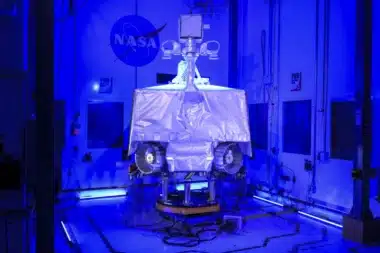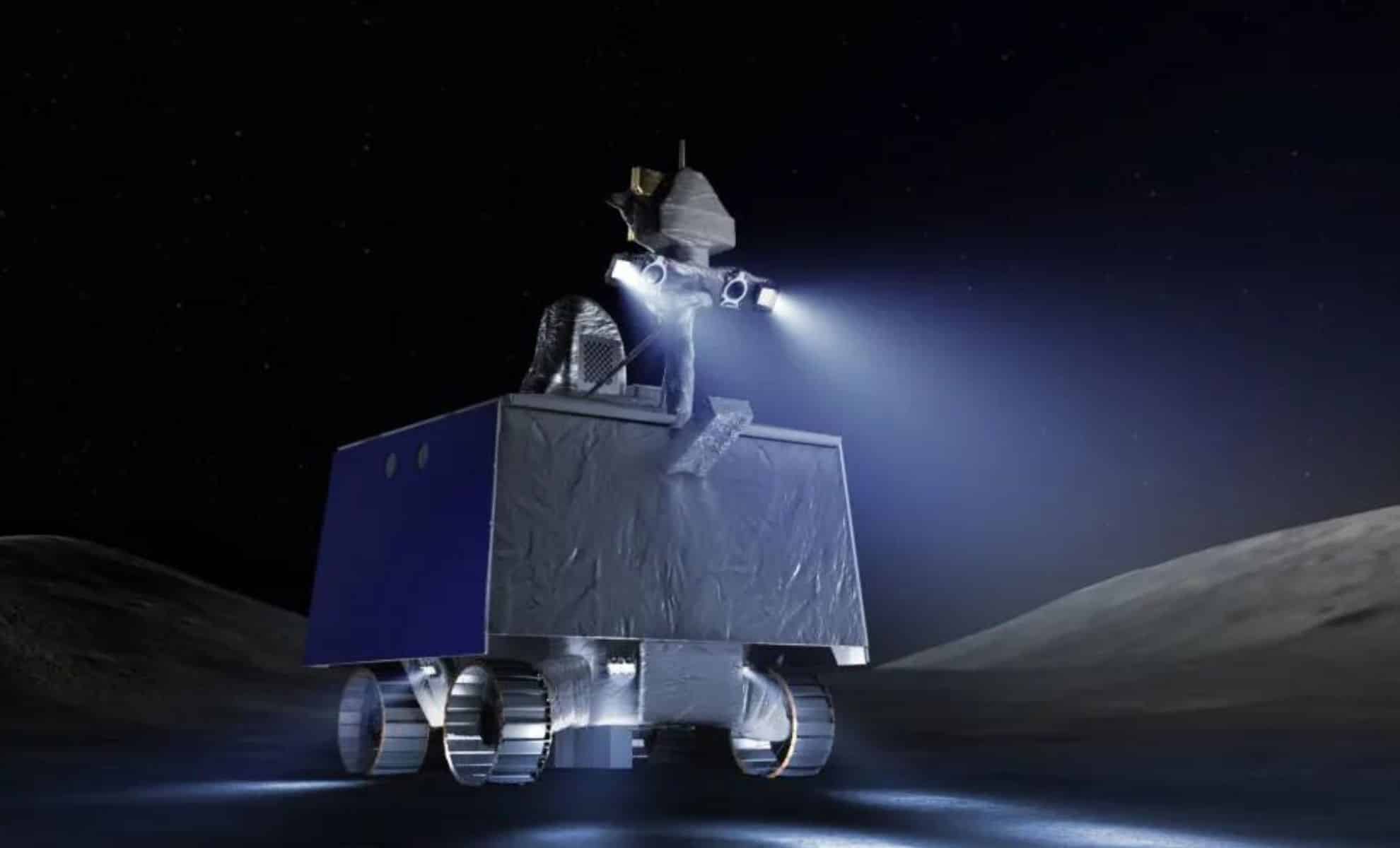NASA has announced the cancellation of its VIPER (Volatiles Investigating Polar Exploration Rover) mission, which aimed to explore the south pole of the moon in search of water ice.
The decision, announced on July 17, comes in response to significant development delays and cost overruns. Originally confirmed in 2021 with a projected cost of $433.5 million, the latest estimates saw the budget swell to $609.6 million, with a planned launch date in September 2025.
Reasons for the Cancellation
The VIPER mission faced numerous challenges, including persistent supply chain issues that delayed the delivery of key components. These delays, which began during the pandemic, were compounded by the complex nature of the rover's construction.
Joel Kearns, NASA’s deputy associate administrator for exploration in the Science Mission Directorate, explained that the rover’s construction, akin to building a small car from the inside out, was severely impacted by the late arrival of crucial components. “The delays occurred over and over for several key components,” he said, adding that these were small incremental delays rather than a single large one, making them harder to manage.
This led to repeated delays in assembly, integration, and testing. Kearns noted that many of the delayed components were essential parts of the rover's inner section, which further complicated the assembly process.
At a briefing, Nicky Fox, NASA associate administrator for science, highlighted the financial strain VIPER's escalating costs imposed on the agency. “The projected remaining expenses for VIPER would have resulted in either having to cancel or disrupt many other missions in our Commercial Lunar Payload Services line,” Fox said.
Therefore, NASA decided to terminate the VIPER mission to protect other projects within its budget constraints. This decision underscores the importance of maintaining a balanced and sustainable portfolio of missions, ensuring that resources are allocated efficiently across the agency’s various projects.

Financial Implications and Future Plans
Canceling the VIPER mission will save NASA at least $84 million. This figure could increase if the mission's launch had slipped beyond November 2025, requiring a delay of 9 to 12 months until favorable lighting conditions returned at the lunar south pole landing site.
Kearns acknowledged that while the rover is complete, it has only just begun environmental testing. The revised cost and schedule assumed that the rover would pass this testing without additional issues, which historically is rare in spacecraft development. “I will tell you that in general, spacecraft development system-level environmental testing does uncover problems that do need to be corrected, which would take more time and money,” Kearns said, indicating that unforeseen issues could further escalate costs and delays.
NASA plans to disassemble VIPER and reuse its instruments and components. However, the agency is open to proposals from American companies and international partners to fly the rover independently at no cost to NASA. Proposals are due by August 1, reflecting NASA’s willingness to explore alternative avenues for the mission’s scientific goals without incurring additional costs. This approach allows NASA to leverage existing investments while minimizing further financial risk.
Impact on Astrobotic and the Griffin Lander
VIPER was to be delivered to the moon aboard the Griffin lander, developed by Astrobotic Technology under a Commercial Lunar Payload Services (CLPS) task order worth $322 million. With the cancellation of VIPER, NASA will retain the task order for Griffin, repurposing it as a technology demonstrator.
The lander will carry a mass simulator instead of the rover to test its capacity for landing large payloads. This shift in mission objectives aims to preserve the investment in Griffin while adapting to the new circumstances.
John Thornton, CEO of Astrobotic, indicated that the company is considering alternative uses for the Griffin lander, such as testing its LunaGrid power generation service. Despite the setback, Thornton expressed optimism, stating, “I’m an eternal optimist. You kind of have to be in the space industry. I’m excited about what we can turn this into.”
Kearns and Thornton both emphasized the importance of the Griffin mission continuing, albeit in a modified capacity. NASA considered flying science payloads instead, but since the lander was designed for carrying a rover, it lacked the necessary accommodations and capabilities like power and communications for such payloads. “We believe that if we were to ask Astrobotic to make changes like that, it would further delay their schedule,” Kearns said. This pragmatic approach aims to avoid additional delays and costs while ensuring that the Griffin lander’s potential is fully realized.
NASA's Ongoing Lunar Exploration Efforts
NASA remains committed to studying lunar ice and other scientific objectives through alternative missions. Other landers and orbiters will perform many of the tasks initially planned for VIPER. While the mobility provided by VIPER will be missed, NASA's Lunar Terrain Vehicle, intended for crewed Artemis missions, will offer similar capabilities when it is delivered later this decade. This continuity in scientific exploration underscores NASA’s strategic approach to lunar exploration, ensuring that key objectives are met despite changes in specific mission plans.
The cancellation of the VIPER mission highlights the challenges and financial realities of space exploration. NASA’s decision underscores the need to balance ambitious scientific goals with practical budgetary constraints, ensuring the continued success and sustainability of its lunar exploration programs.
This careful balancing act is crucial for maintaining public and governmental support for space initiatives, demonstrating responsible stewardship of resources while pursuing groundbreaking scientific discoveries.




